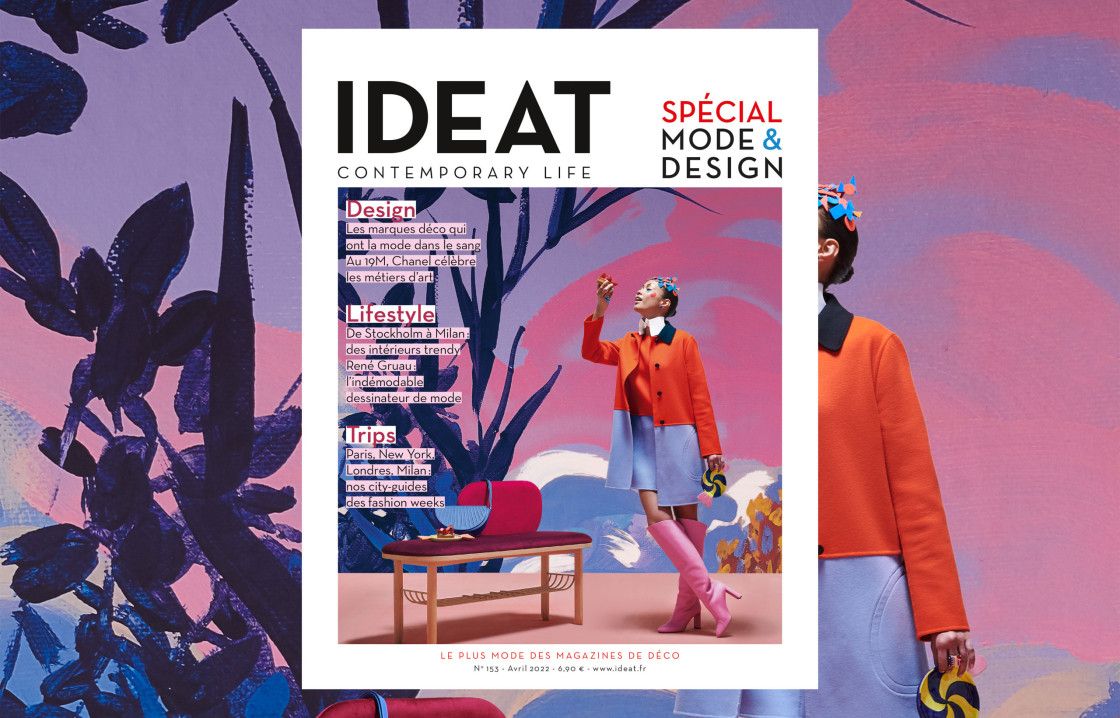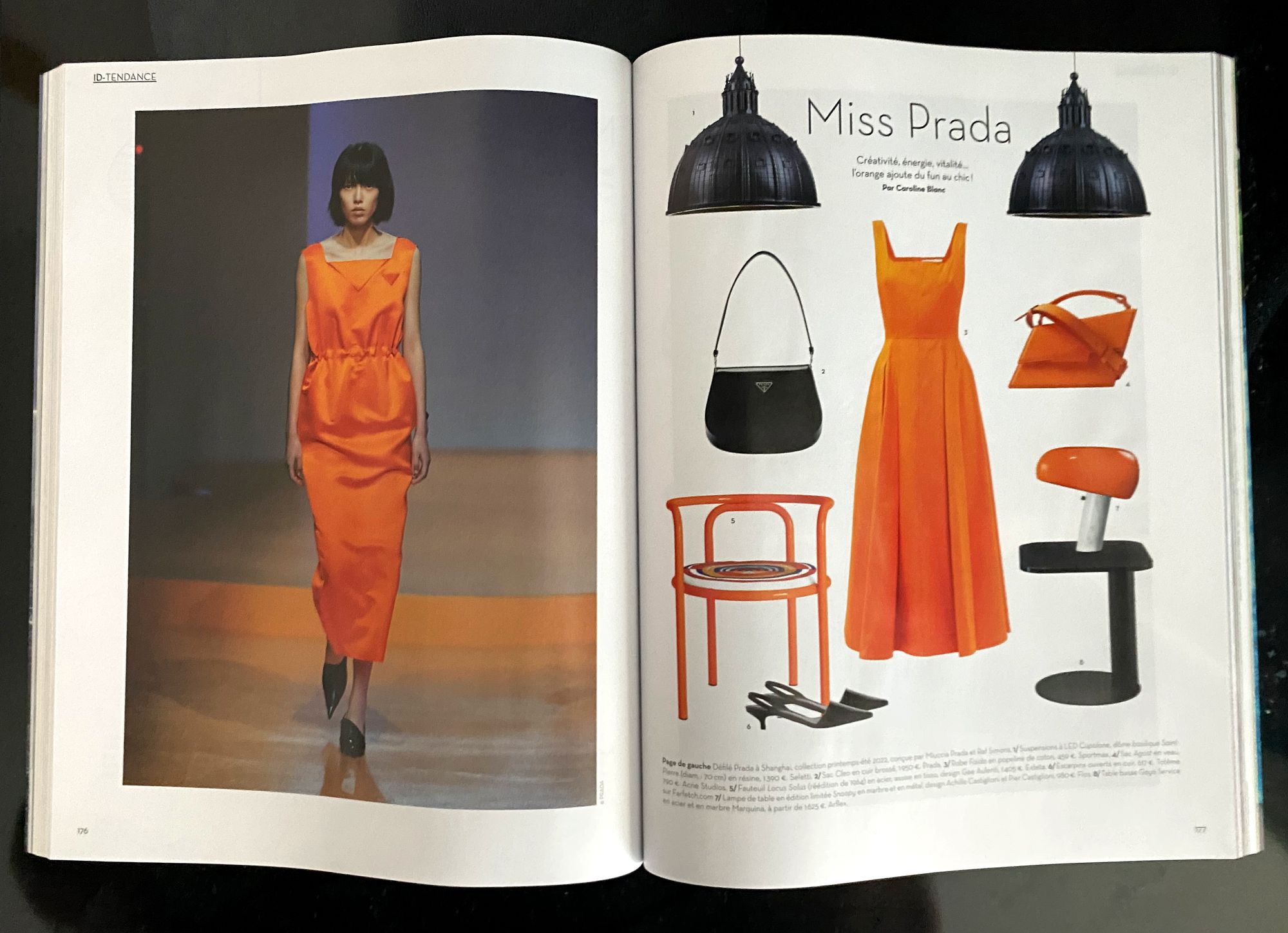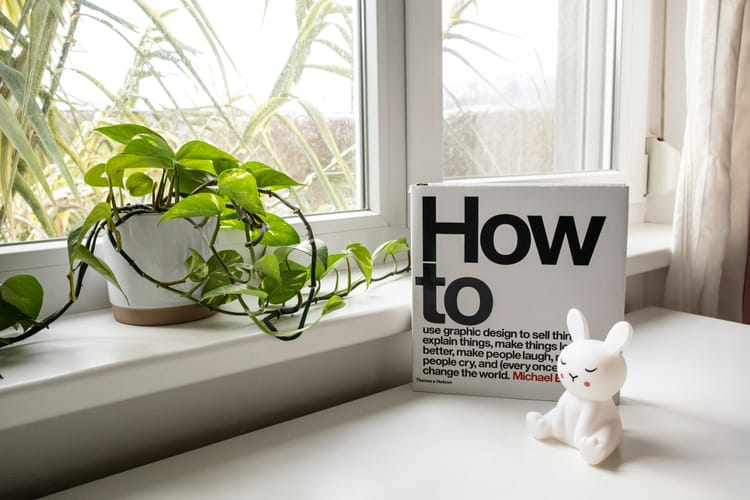Purge, merge, splurge

It's that time of year, isn't it? We're reluctantly putting some clothes away and taking others out of storage, as well as hitting a few shops to build fresh looks for the fall.
It's not a stretch to think of our homes the same way, places to signal a shift with new colour palettes, textures, arrangements. The connection between styling our homes and updating our wardrobes is so powerful that the French magazine IDEAT devoted an entire 300-page issue to it earlier this year:

In page after page, it shows the intimate link between two types of dressing: the one we do to present ourselves to the world and the one we do to shape our retreat from it.

An easy way to see this in our own environments is to think of our unadorned interior architecture as a form of nakedness. Everything we layer on top is a kind of outfit that can change by the day, by the season, or hardly ever at all.
I thought of this connection when I watched a video recently in which legendary GQ impresario Jim Moore presents his take on the Uniqlo fall collection. Towards the end of a parade of smartly styled outfits, he talks about his three-step process for creating a well-oiled wardrobe each new season: Purge, merge and splurge.
Purging means donating clothing that no longer speaks to you.
Merging means taking your new acquisitions and blending them with what's already in your closet.
Splurging hardly needs explaining: it's pouncing on those statement pieces that define how you want to look in the near future.
It's a brilliant formula – and the more I thought about it, the more I realized it also applies to your home. All three steps are essential. If you don't purge, you end up with a dated, cluttered environment that is sure to bring you down. If you don't merge, you wind up with a closet full of collectibles that never see the light of day. And if you don't splurge? Well, you'll miss out on the fun of creating a home that's truly yours.
In the months ahead we'll look further into all three steps – as well as explore new ways to engineer those small design moves with big results.
It's great to have you back!
Affectionately,







Member discussion